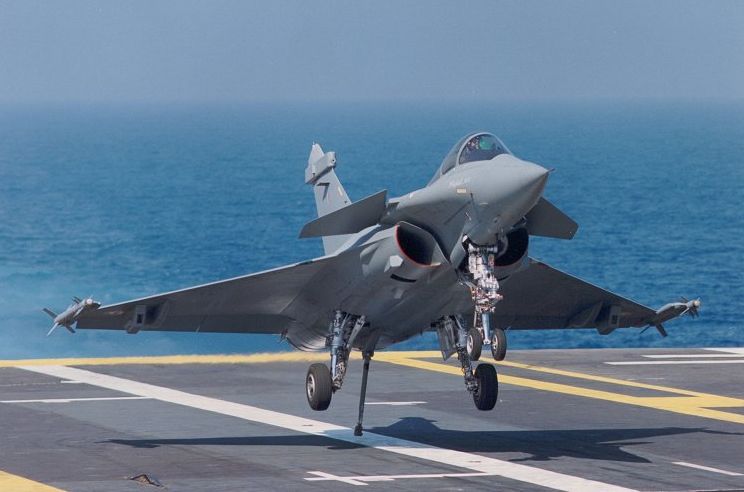The United States is demonstrating its continued commitment to collective security through a series of actions designed to reassure NATO allies and partners of America’s dedication to enduring peace and stability in the region, in light of the Russian intervention in Ukraine, a senior Pentagon official said.
“Increased air, land and sea deployments to eastern Europe are a tangible demonstration of our solid and enduring commitment to collective security and the NATO alliance,” Derek Chollet, assistant secretary of defense for international security affairs, told American Forces Press Service.
The Ticonderoga-class guided-missile cruiser USS Vella Gulf has been in the Black Sea since May 23. The USS Donald Cook was there in April, followed by the USS Taylor through mid-May. The ships have conducted operations to improve interoperability, increase readiness, and enhance professional relationships.
In April, about 600 paratroopers from the 173rd Infantry Brigade Combat Team deployed for training rotations in Estonia, Latvia, Lithuania and Poland. Training rotations are scheduled to take place for the next few months and beyond. These are in addition to previously scheduled multinational land force military exercises in the region, defense officials said.
For example, Exercise Combined Resolve II began May 15 and runs through June 30 in Germany. About 1,200 soldiers from the 1st Cavalry Division’s 1st Brigade Combat Team are participating in the U.S. Army Europe-led multinational exercise as part of more than 4,000 military members from NATO and European partner nations.
The exercise, which currently includes participants from Albania, Austria, Belgium, Bulgaria, Croatia, France, Georgia, Hungary, Lithuania, Romania, Serbia and Slovenia, will focus on maintaining and enhancing interoperability during unified land operations in a decisive action training environment, officials said.
The United States also is augmenting its aviation detachment in Lask, Poland, through the remainder of the year. While quarterly rotations of military aircraft and airmen began in late 2012, the United States augmented the rotations in March of this year with additional F-16s and support airmen. Officials said these F-16s and airmen provide a persistent presence in Poland, and enhance training and operability with the Polish air force.
In addition, the United States agreed to fly air-to-air refueling missions to support NATO early warning aircraft flights over Eastern Europe. From March 16 to May 16, two KC-135s forward-based out of RAF Mildenhall, United Kingdom, conducted 65 missions.
Meanwhile, the United States more than doubled the number of aircraft allocated to NATO’s Baltic air policing mission. On March 6, the United States deployed an additional six F-15C’s to augment the four F-15C’s already in Lithuania filling a NATO peacetime requirement to have quick-reaction interceptor aircraft “ramp-ready” for a four-month period to ensure the integrity of the airspace above Estonia, Latvia, and Lithuania.
The U.S. rotation began in January and ended in early May. Poland, with augmentation from the United Kingdom, France and Denmark, took over the air policing task in the Baltic region, and Canada deployed aircraft to augment NATO air policing in Southeast Europe.
“Americans have served side by side with their European counterparts for many years,” Chollet said. “These additional rotations enhance our close relationships and improve our interoperability.”











